Cruelty-free skin care is a big part of being a responsible consumer. If you care about the impact your choices make on the world, it's a topic that simply can't be ignored. Most people know that some products are tested on animals, while others are not. But cruelty-free skin care goes far deeper than that. That's why I've put together this roundup of the facts behind cruelty-free beauty.
What Is Animal Testing?
It's awful! Many skincare brands use animals to test products before they go to market. This may make you think of someone in a lab coat putting lipstick on a bunny. If only. Animal testing generally involves exposing animals to individual ingredients. These ingredients tend to be new and untested. By testing ingredients on animals first, companies are able to make an informed decision about the impact their products may have on humans. This is nice if you're someone buying a new type of moisturizer, but it's not so nice if you're one of the hundreds of thousands of animals estimated to be involved in animal testing every year.
Let's be clear: animal testing isn't as benign as applying a finished cosmetic to an animal. It generally involves testing for irritation to the skin and eyes. Testers rub ingredients onto an animal's shaved skin or drop it into its eyes. In some cases the ingredients are force-fed in order to assess harmful reactions. Some animals are forced to mate to see if harmful effects show up in the next generation. Like I said, it's awful.
Why Do Companies Test on Animals?
Animals and humans may look different, but we're actually genetically very similar. This means that testing on animals creates data that's easy to apply to humans. Animals also have shorter lifespans than people, which means researchers can test the impact of ingredients over the course of a life cycle.
Finally, the ethics of testing on people is called into question much more aggressively than the ethics of testing on animals. All of this is nice for people, but not so nice for the mice, rabbits, guinea pigs, and other animals receiving the testing.
How Can This Happen!?
Back in the 1940's there was very little regulation as to what could go into beauty products. Real harm was happening to consumers due to untested ingredients. At the time, animal testing seemed like a better alternative. Many, many ingredients were tested on animals over the following years. Whether this was a good thing or a bad thing, it did confirm a wide variety of ingredients as safe for human use. You'd think that since manufacturers have a huge pool of "safe" ingredients to use, they wouldn't have to test again. Unfortunately, that's not the case. Most companies want to prove that they've tested their products and found them to be safe in case of a lawsuit. This gives a pretty big incentive to experiment with animals.
Brands also have a big incentive to bring "new' ingredients to market. It's something exciting that they can advertise with, and it's likely to bring in new buyers. What they don't tell all their new customers, though, is that every one of these new ingredients must be tested on animals before the product hits store shelves. In the US, the regulations for animal testing are very, very loose. In fact, rats, mice, fish, birds, and amphibians are not even classified as animals, which means companies don't need any legal permission to test on them.
For many companies the math is easy: they can test with very few restrictions, create excitement among consumers through new ingredients, and reduce their risk of a lawsuit. It's easy to see why testing is so prevalent.
Does it Need to Happen?
Not if you ask the EU, Norway, Turkey, Israel, South Korea, or New Zealand. All of these countries have banned animal testing entirely. Does that mean the cosmetics you buy in those countries haven't been tested? Not at all. It turns out that there are a couple of very effective alternatives that make animal testing completely obsolete. Brands can safely test their new ingredients in two ways. One method is called in vitro testing. This means using isolated human tissues or cells instead of live animals. The tissues used for this kind of experimenting are made outside of the body, which means no humans have to be involved. The other method is called in silico testing. This involves using computer models to mimic how human bodies would react to ingredients.
What Can I Do?
So here are the facts: animal testing happens. It's torturous to the animals involved, poorly regulated, and completely unnecessary. By this point in my research I was ready to freak out. If I choose to take care of my skin, does that mean I'm choosing to inflict untold suffering as well? Maybe you feel the same way. And if you do, there's a solution: cruelty free skin care.
What Is Cruelty-Free Skin Care?
When you choose cruelty-free skin care, you're choosing a routine that doesn't harm vulnerable animals. Skin care products are considered cruelty-free when they are created without the use of animal testing. By making the choice to go cruelty-free, you're not only reducing your individual impact on vulnerable animals. You're also sending a message to the companies who do engage in animal testing. The more demand there is for cruelty-free brands, the less animal testing there will be. Does cruelty-free skin care mean leaving steps out of your beauty routine? Absolutely not. There are many brands out there committed to responsible testing. Simply switching from one product or brand to another is all it takes to go cruelty-free.
How do I Tell if Something is Cruelty-Free?
So here's the tricky part. Many brands know consumer opinion is turning against animal testing. They also know that there is no regulation on terms like "cruelty-free" and "not tested on animals." This means that just because you see these phrases on a label, you're not guaranteed an animal-testing free product.
Does that mean it's impossible to tell if something is really cruelty-free? Absolutely not. Here's what you can do.
- Do Your Research: Take a closer look at the brands you shop from. Look at their website, check out their ingredients, and read reviews. What kind of impact are they having on the world? Chances are if they're willing to cut corners by using cheap, harmful ingredients, they're also willing to test on animals. Don't fall for marketing jargon. Know who you're supporting.
- Look at Labels: While there's no government level regulation on the phrase "cruelty-free," there are independent bodies who audit and certify products and brands. Looking for their seals on a product is a foolproof way to know if it's truly cruelty-free. Leaping Bunny certification is currently the gold standard for cruelty-free products. Choose products with this seal to take the guesswork out of responsible skin care.
- Shop Brands You Trust: Your spending choices have power. When you support brands you trust, you're supporting the kind of world you'd like to see. Support the brands you know will provide great products while remaining responsible to our environment and our world.
Are You Willing to Try Cruelty-Free Skin Care?
Your choices really make a difference. Are you willing to make a change to reduce animal testing? If you've already made the switch, do you have any advice for those thinking about changing their habits? Let us know in the comments below.
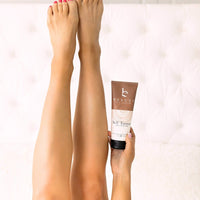








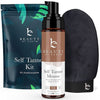

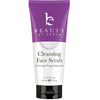


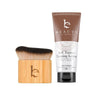











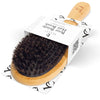
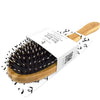
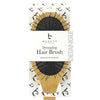
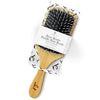
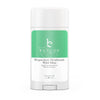



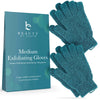
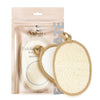


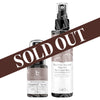





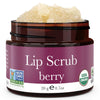
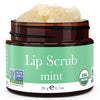
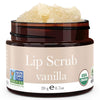





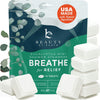
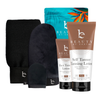
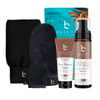


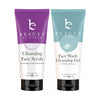
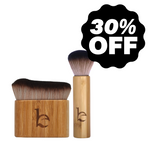
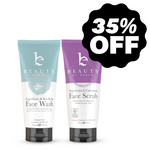



















join the conversation